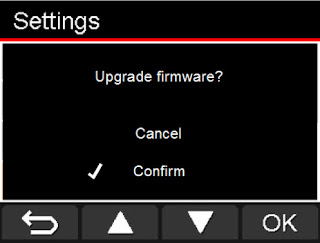Wireless-AC (IEEE 802.11ac), a.k.a. Very High Throughput (VHT) is the successor of the Wireless-N WiFi technology, and is the mainstream technology supported by today's WiFi routers and wireless networked devices including smartphones, tablets, laptops, PC wireless cards, smart TVs, smart CCTVs, etc.
As a layman, we always see the wireless-AC device rated with AC followed by a number, such as AC2600. What does that number tell us about the supported bandwidth of the device? Well, the number is actually a close figure to the total bandwidth of all its wireless bands added up together.
Bandwidth is the maximum available network connection speed of two connected devices. The actual connection speed (i.e. throughput) between the two connected devices is equal or lower than the supported bandwidth of the connection. The throughput is usually lower than the bandwidth due to shared connections, distance, surrounding interference, obstacle in-between, etc.
The wireless-AC network can operate in both the "traditional" 2.4GHz frequency band as well as the 5GHz frequency band. The 2.4GHz band is usually congested with the older wireless-b/g/n networks using the same band for wireless data transmission.
Wireless-AC routers or access points are dual band WiFi devices, supporting wireless connections with both the 2.4GHz and 5GHz frequency bands.
The newer AC3200 and AC5300 routers support two 5GHz bands instead of one, making them a triple band WiFi devices.
The table below shows the bandwidth of each of the bands for the common wireless-AC types.
Let's say your smartphone is connected to an AC600 router (the 1st one in above list) using the 2.4GHz band, the maximum connection speed the phone can obtain is 150Mbps. If it is connected to the same router using the 5GHz band, the maximum connection speed is 433Mbps.
If you are buying an AC2600 router (last 4th in above list), you can expect your wireless-AC supported devices connected with it using 2.4GHz band to have WiFi speed of up to 800Mbps, and if connected using 5GHz band, can reach a maximum speed to 1733Mbps, which is even much faster than the Cat-6 cable wired gigabit network (1000Mbps) connected to its gigabit network port.
Note that the maximum bandwidth in each of the bands in the table above is a combination of bandwidth delivered by one or multiple channels running in Channel Width of 20Mhz, 40Mhz, 80Mhz or 160Mhz. Connection of two linked WiFi devices must be established using the same channel number.
In wireless-AC network, each channel in 2.4GHz band supports a bandwidth of 150Mbps or 200Mbps; and each channel in 5GHz band supports a bandwidth of 433Mbps.
An AC2600 router such as the TP-Link Archer C2600 could support 4 channels in 2.4GHz band (4 x 200Mbps = 800Mbps) and 4 channels in 5GHz band (4 x 433Mbps = 1732Mbps). If your smartphone only support 2 channels in 5GHz band, then the maximum connection speed with the AC2600 router is only 2 x 433Mbps = 866Mbps instead of the full channel 1733Mbps. If your smartphone also support 4 channels in 5GHz band, then it is possible for you to achieve 1733Mbps connection speed.
Note that WiFi is a kind of local area network (LAN). The internet access speed you can get from the router is still restricted to the bandwidth you subscribed with your ISP, which is normally lower. Anyhow, a fast wireless-AC connection enables network data transfer between devices within the local network to be speedy. This will enable smooth ultra-high definition video streaming to your 4K smart TV from another device.





















































